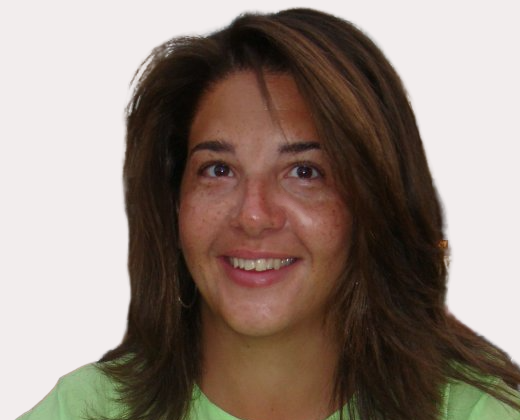With our Young Professional Company Visit at Axis Communications this spring, we thought it was the perfect time to take a closer look at the company. Therefore, we recently spoke with Dennis Harmsen, SACC-DC Board Memberand Manager, Field Marketing for the Mid-Atlantic Business Area at Axis Communications.Axis Communications, a network technology company and industry leader, offers advanced video surveillance, access control, intercoms, and audio solutions enhanced by intelligent analytics applications. Dennis began his journey with the company in the Netherlands. "I started my journey at Axis 6.5 years ago in my home country, the Netherlands, where I led the PR and communications team for the Benelux and DACH regions," Dennis recalls. He transitioned to the Americas team in 2022, shortly after the pandemic. Based in Washington D.C., he now oversees a field marketing team of eight individuals located in the
Axis Experience Centers in Arlington, VA, and Cincinnati, OH, with a new office set to open in Detroit, MI later this year.
One of the most exciting aspects of the team’s work is driving all marketing efforts across eight states, with a strong emphasis on supporting business growth, impactful demand generation, and enhancing brand visibility. "Our company vision is 'Innovating for a smarter, safer world,' and we’re always looking for new ways to be innovative. That doesn’t just apply to our leading-edge products and technologies, but to our marketing as well," Dennis emphasizes. Annually, they plan and execute over 200 regional projects, including conferences, trade shows, customer meetings, trainings, roadshows featuring the
Axis Experience Vehicle, webinars, digital campaigns, and more. "Collaboration and creativity are key and so important to us here, whether for marketing projects within a single state or spanning several regions and countries. It’s an exciting, fast-paced environment where multiple things are always happening at the same time."
As a Swedish company with a significant presence in the U.S., Axis Communications benefits from an open culture that encourages interaction across titles and departments. "We have always embraced an open culture that encourages people to connect across titles and departments—whether over coffee or fika—to share ideas and knowledge," Dennis notes. This culture has nurtured a strong sense of camaraderie and a commitment to diversity and inclusion, which Axis views as essential for driving global innovation. "If everyone came from the same background and thought the same way, we would not be the dynamic and creative team that we are."
Axis Communications' partnership with SACC-DC exemplifies its collaborative spirit. "That's also one of the reasons we've closely collaborated with SACC-DC in recent years," Dennis explains. "Together, we've hosted and partnered on events, facilitated connections with numerous Swedish and American companies, and encouraged other Axis teams to engage with their local SACC chapters." Additionally, Axis has collaborated with SACC-DC in recruiting talented interns for its Arlington office, significantly strengthening its marketing efforts across various industry segments and verticals. With another promising year ahead, the company looks forward to continuing its successful partnership with SACC-DC and fostering valuable connections within the business community.



















